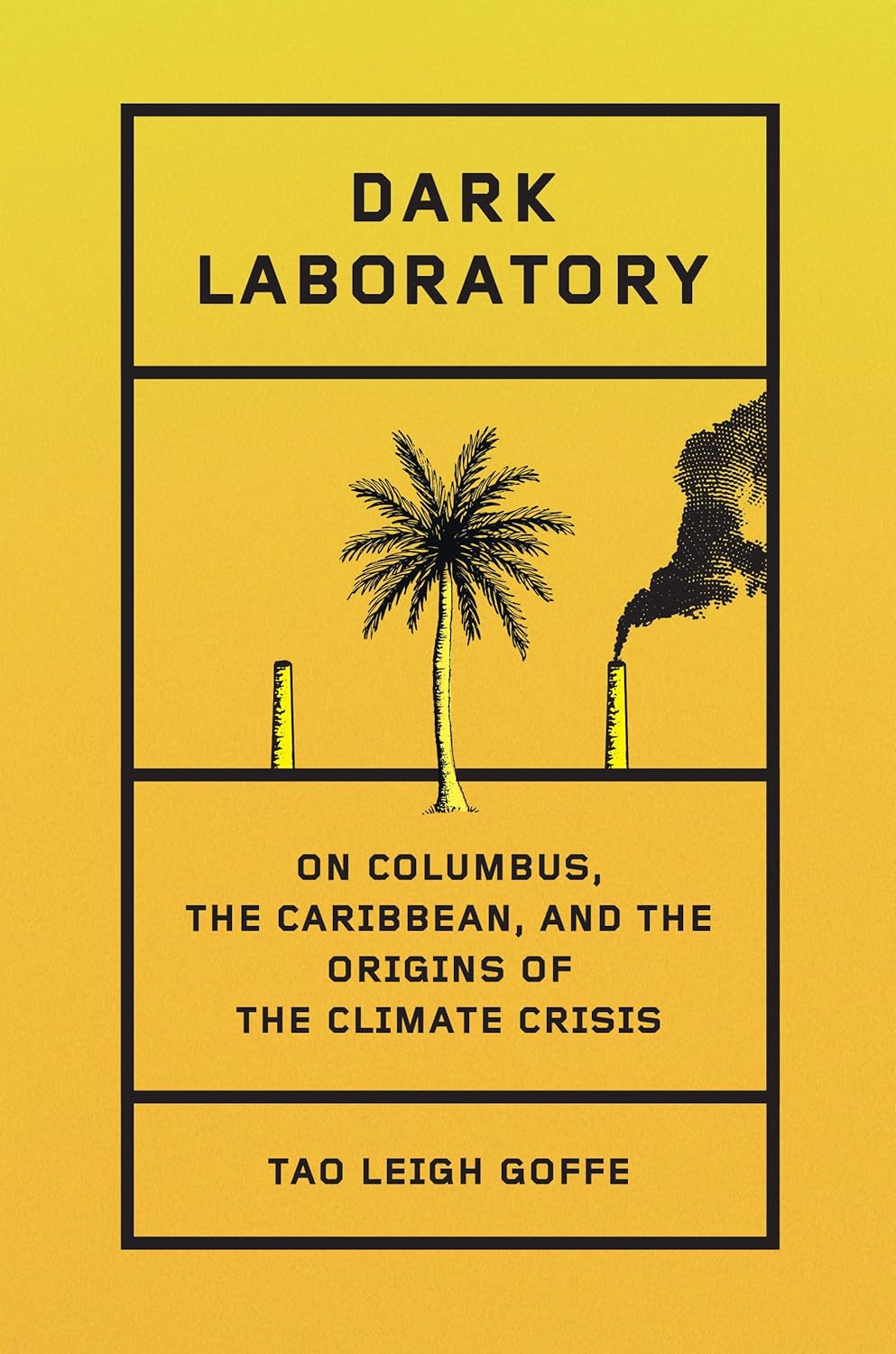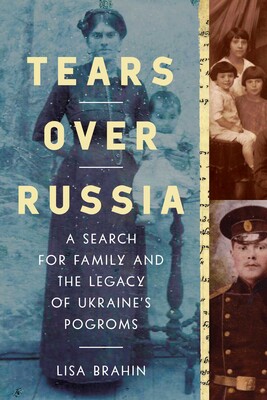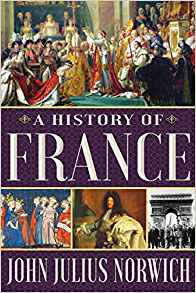Dark Laboratory: On Columbus, the Caribbean, and the Origins of the Climate Crisis
- By Tao Leigh Goffe
- Doubleday
- 384 pp.
- Reviewed by John R. Wennersten
- January 30, 2025
How colonialism impacts our thinking about the environment.

In Dark Laboratory, Hunter College literature professor Tao Leigh Goffe offers a cogent and feisty argument that focuses on race, colonialism, and environmental transformation. The “laboratory” of the book’s title is an attempt to create “a space of refuge and possibility” where scholars and writers can imagine how the violent colonialism of the West in the Caribbean and elsewhere can be repurposed. The thesis of her book is the centrality of skin color and nonlinear thinking to the environmental story.
Among other things, Goffe discusses how natural phenomena like mountains, coral reefs, and tectonic plates are all part of the story of climate change. The price of development, she maintains, is the devaluation of whole nations and peoples. Diverse people and their nonlinear world, she writes, “need to be invested in how the story of climate will unfold” in order to reverse our current environmental crisis.
For the author, it all began with Christopher Columbus, who sought gold in the New World. The Caribbean’s first important product, however, was human flesh; Columbus took 500 enslaved men, women, and children back to Spain with him during his third voyage in 1493. Since that time, Goffe writes, “acquisition of wealth has been a systematic process of environmental impoverishment and ecological disinheritance for the global majority.”
Her focus on the interrelationship of race, land, and people joins that of other writers. For instance, Black writer and cultural critic bell hooks, in her seminal Belonging: A Culture of Place, offers key insights on the intersectionality of race, capital, and gender. And the award-winning African American sociologist William H. Turner has charted the deep origins of the Black experience in the coal fields of Appalachia in his book The Harlan Renaissance.
Thinking about the spiritual and nonlinear value of the environment cuts across racial lines, of course. Annie Dillard’s Pilgrim at Tinker Creek or Wendell Berry’s The Unsettling of America, both by white authors, are good examples. Further, nature writer Maggie Downs notes, as does Goffe, that the role of scent is paramount in the restoration of the land. The smell of the landscape, Downs asserts, “is part of the natural rhythm of ecosystems.”
Meanwhile, the color dialectic troubles the globe. Progressive thinkers who crusade for the rights of the disinherited Indigenous world of the Caribbean and elsewhere may have to change their jungle Wellies to combat boots if they hope to achieve a new order. As they do, they might want to keep a copy of Dark Laboratory on hand as a reminder of what they’re fighting for.
John R. Wennersten is the author of The Chesapeake: An Environmental Biography, Anacostia: The Death and Birth of an American River, Global Thirst: Water and Society in the 21st Century, Rising Tides: Climate Refugees in the Twenty-First Century, and Strange Fruit: Race and Community in the Chesapeake. He is an emeritus professor of history at the University of Maryland, Eastern Shore.

